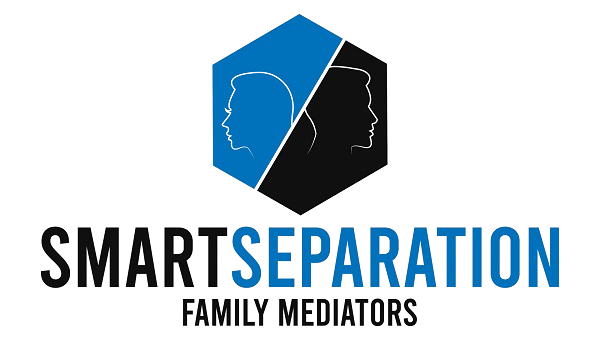What Court-Connected Mediation Is
Court-connected family mediation is a service offered through Ontario’s family court system to help separating or divorcing couples resolve disputes outside of the courtroom.
Unlike traditional litigation, where a judge makes final decisions, court-connected mediation gives families the opportunity to craft their own solutions with the assistance of a neutral mediator. These mediators are trained professionals who guide discussions, promote respectful communication, and help clarify the issues at hand without taking sides.
Services Available Through Toronto Family Courts
Toronto family courts provide a range of mediation services designed to make the process accessible and adaptable to different family needs.
On-Site Mediation is available directly at the courthouse, often on the same day as a scheduled court appearance.
Off-Site Mediation offers a more in-depth setting for families who require additional time and space to work through complex issues. These sessions are typically scheduled outside of court and may involve multiple meetings.
To ensure accessibility, Toronto family courts also provide subsidized or sliding-scale fees for mediation services, depending on income.
The Role of the Mediator in Court-Connected Mediation
In Toronto’s court-connected family mediation services, the mediator plays a central role as a neutral third party. Their responsibility is not to take sides or make decisions but to create a supportive environment where both parties can communicate openly and work towards practical solutions.
Once progress has been made, the mediator can prepare a Memorandum of Understanding (MOU) or a draft agreement. This document summarizes the terms agreed upon during mediation and is then taken to each party’s lawyer for independent legal advice. If both parties are satisfied, the terms can be finalized into a legally binding separation agreement or court order.
What is said in sessions generally cannot be used in court, allowing parties to negotiate more freely. The only exceptions to this rule are situations involving concerns for safety or child protection, where mediators are legally required to act.
Step-by-Step Process in Toronto Courts
Court-connected mediation in Toronto follows a clear structure to ensure fairness, accessibility, and meaningful results. Each step is designed to move families closer to resolution while respecting the rights and needs of both parties.
Referral or Request – Mediation may begin either by referral from a judge or through a request made directly by the parties. Judges often encourage mediation when they believe the issues can be resolved without a full trial. Families can also ask to use these services at any stage in their case.
Intake and Screening – Before mediation sessions start, the mediator meets with each party separately. This screening process helps determine whether mediation is suitable, particularly by checking for concerns such as domestic violence, safety issues, or significant power imbalances. Screening also allows each party to share their priorities confidentially.
Mediation Session(s) – Once suitability is confirmed, joint sessions take place with both parties present. These can be held in person at the Toronto family courts or virtually, providing flexibility for participants. During the sessions, the mediator helps the parties communicate, clarify issues, and negotiate solutions on parenting, support, or property matters.
Drafting and Review – If the parties reach agreement, the mediator prepares a written summary, often called a Memorandum of Understanding (MOU). Each party is encouraged to seek independent legal advice before signing. Once reviewed and approved, the agreement can be finalized into a binding separation agreement or court order.
When Court-Connected Mediation May Not Be Suitable
While court-connected mediation in Toronto offers many benefits, it is not appropriate for every family law matter. Certain situations require the authority and protection of the court system to ensure fairness and safety.
Domestic Violence or Safety Concerns – Mediation depends on open communication and cooperation. If there is a history of domestic violence, abuse, or serious safety risks, the process may place one party at a disadvantage or create an unsafe environment. In such cases, judges generally prefer to deal with the matter directly through the courts.
Lack of Full Financial Disclosure – Mediation requires both parties to be transparent about their income, debts, and assets. If one spouse refuses to provide complete financial information, it becomes impossible to reach a fair agreement. Without disclosure, the court may need to intervene to ensure compliance with Ontario’s Family Law Act.
High-Conflict Situations – Where the level of conflict is so intense that parties cannot communicate productively or safely, mediation may not be effective. If discussions consistently break down or become hostile, a judge may determine that litigation or arbitration is the better path.
Urgent Court Orders – In some cases, immediate judicial intervention is necessary. This may include situations involving child protection, urgent custody concerns, or other matters requiring fast and enforceable decisions. Mediation, which is voluntary and collaborative, is not designed to handle emergencies.
As an experienced family and divorce mediator in Toronto, I often write blogs to provide insights, tips, and resources on family mediation and divorce in Ontario. Follow my blog to stay informed and empowered during challenging times.



